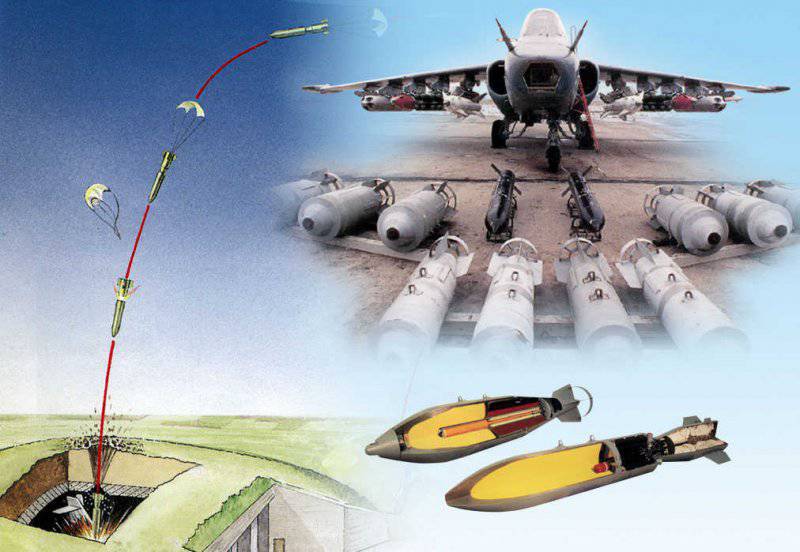Whatever the shot - all in a goal!
The Russian army will receive satellite-guided missiles.
A new module for unguided artillery shells has been developed at the Moscow design bureau Compass.
Compass is one of the main developers of navigation tools for the Russian Armed Forces. ICD successfully passed preliminary tests of the GLONASS navigation module for artillery shells.
As reported by the military, the module was developed as part of the Dynamics program and can be attached to both existing and new projectiles.
Designed by Compass, the module can be installed in the place of the fuse at the head of an artillery projectile with a caliber of 152 mm and above. The module consists of a combined fuse, a receiver of GLONASS signals and a control surface - the so-called aerodynamic rudder, which expands and corrects the trajectory of the projectile.
The projectile with the Dynamics module, unlike projectiles that are controlled by a laser beam, is not affected by weather conditions and does not require external illumination of the target. This makes it possible to effectively hit point targets with previously established coordinates. In a projectile improved in this way, the probable circular deviation does not exceed 10 meters. But at the same time, for ordinary, 152-mm shells, with a significant firing range, it ranges from 100 meters and more.
The upgraded Russian ammunition with the “Dynamics” module provides an opportunity to produce satellite-guided projectiles an order of magnitude cheaper than the American Excalibur 155-mm projectile with GPS guidance. The cost of such a projectile is over 80 thousand dollars. It is equipped with built-in steering wheels and a gas generator. When mass production of such a projectile, its price will be 50 thousand dollars. According to reports from the Russian Ministry of Defense, the cost of the upgraded projectile with the Dynamics module will not exceed 1 thousands of dollars.
This module can be used for upgrading obsolete shells, as well as for new ones. Its value in any way will be much less than that of the American counterpart. Russian developers have achieved a steady reception of the GLONASS navigation signal on a rotating projectile, while the American Excalibur, in order to receive a signal, must stop rotating. This causes its high cost and greatly complicates the design.
The chief editor of the specialized magazine "Arsenal" Viktor Murakhovsky believes that the latest Russian development has made a real revolution in the artillery case.
Mr. Murakhovsky is sure that such a projectile reduces the consumption of ammunition many times. During the firing of conventional projectiles on a platoon stronghold, up to two thousand projectiles are necessary, and in this case much less is required. At the same time, the accuracy of firing of projectiles with modules does not decrease with distance - it will be constant no matter how far the firing takes place - 5 or 50 kilometers. This makes it possible to instantly hit any target. The most important thing is accurate information regarding the location of the target, obtained from intelligence, UAVs and other channels, the expert said.
Mr. Murakhovsky also stressed that due to the low cost of the module, it will be possible in a short time to provide the artillery troops of Russia with a large number of guided missiles, while no additional funds will be needed to upgrade the guns themselves.
Anatoly Tsyganok, head of the Center for Military Forecasting, stressed that in order to effectively use such projectiles, the army lacked accurate target guidance systems.
Further, Mr. Tsyganok notes that depth reconnaissance has completely different tasks and will distract her from targeting long-range artillery to anyone. The satellite will also not be able to readjust to each individual weapon, since it controls the entire battlefield.
He believes that precision projectiles should be directed by unmanned reconnaissance aircraft, but they are not in the Russian army yet.

Information